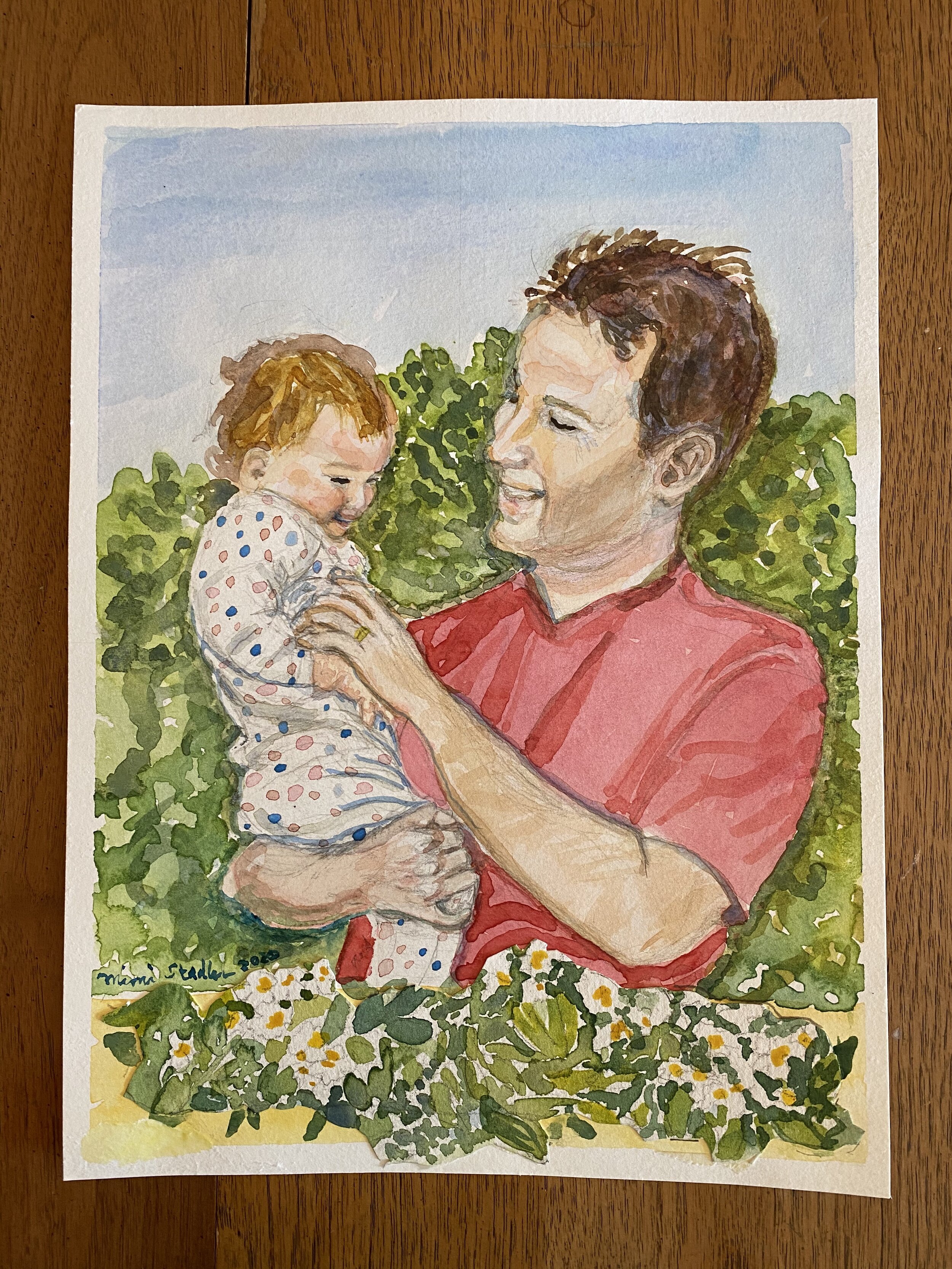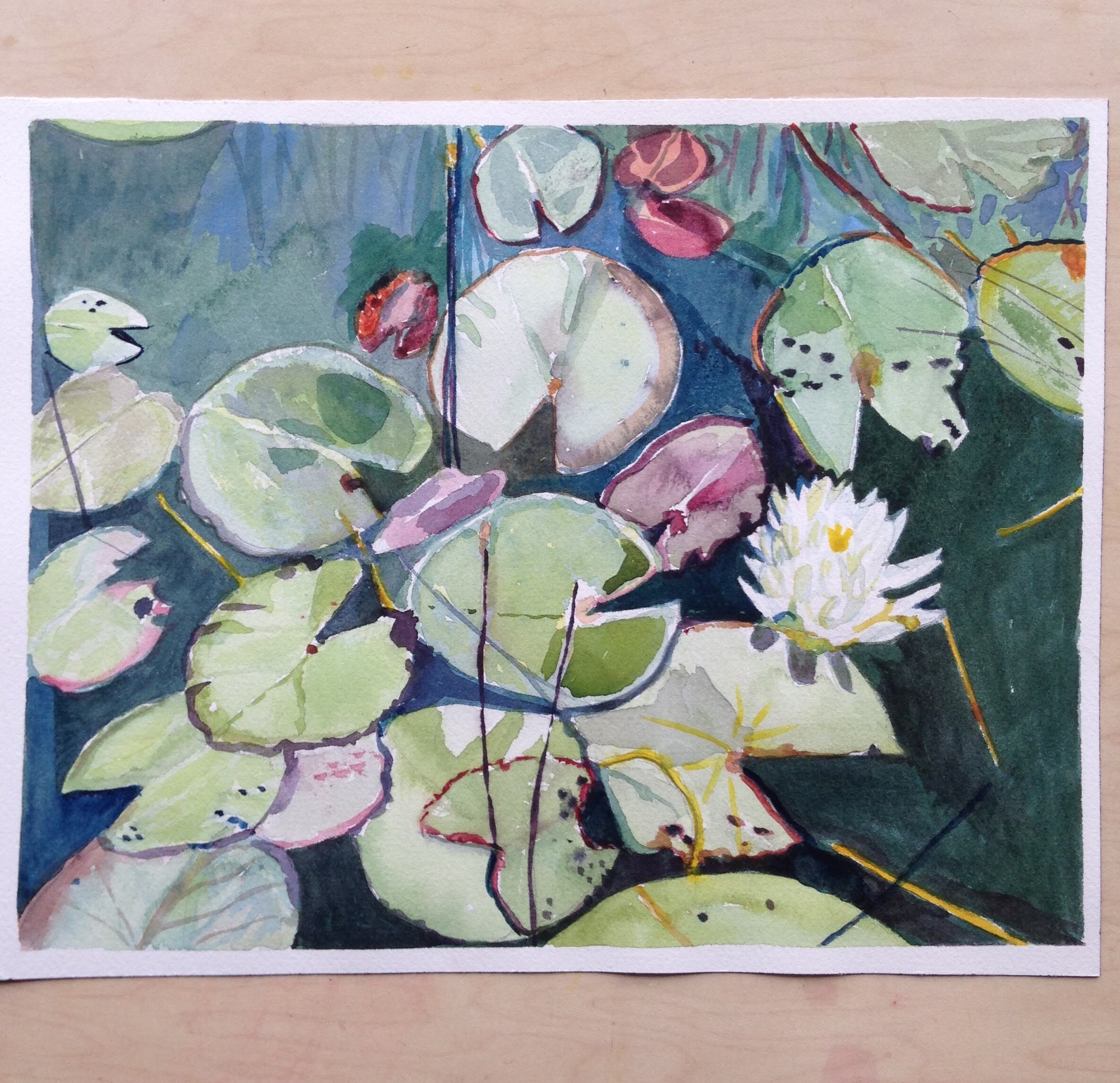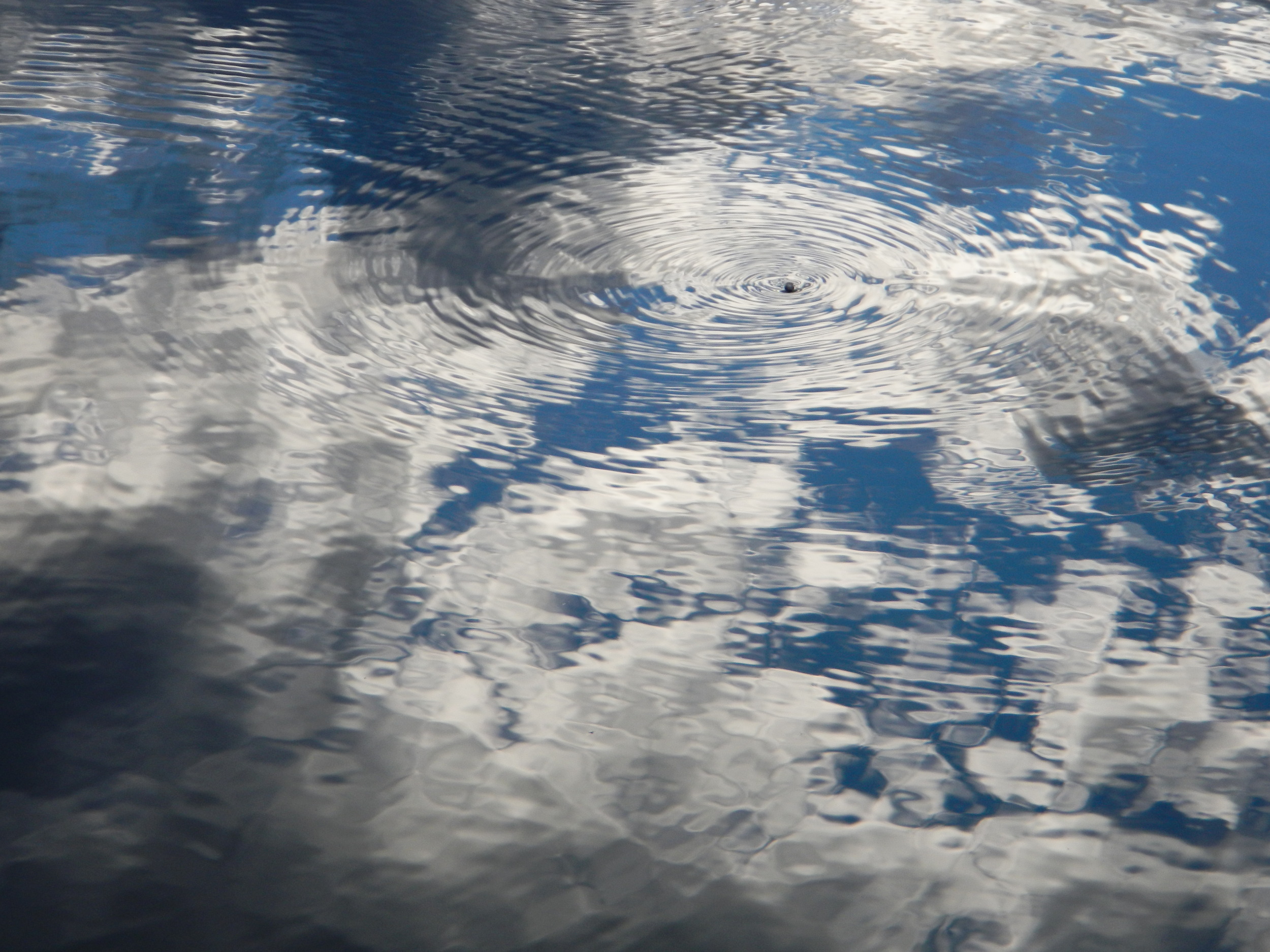Two years since my last post to this blog! Suffice it to say that at least the last ten months have been a sore trial, with two surgeries and another one coming up. I’ve been out my studio for all that time and may not get back for a few more months, till I recover yet again. Covid 19… social distancing… siblings getting sick and recovering, deaths of people we knew or who were family of people we knew. Social isolation. Not a good year. I am married to my best friend, which helps greatly. I thank goodness for WhatsApp and FaceTime so I can speak sort-of face to face with our kids and grandchildren. All things considered (and there ARE things to consider) we are O.K.
Last September, before my first surgery, the house we’ve rented in Maine for two weeks every July and occasionally two weeks around Labor Day… was finally sold. We had felt a change over a few years- little hints, like no flowers being planted, fixes not being made as they always had- and we knew it was coming. The little house was too far from home for my husband and me to maintain year round, so we did not consider buying it. We’ll really miss it.
I could not work in the studio. Poor studio, it has been standing idle. Instead, I began to learn to paint in watercolors. I took classes before I fell ill, with a wonderful teacher (marilynroseart.com) and found something new I love to do.
It’s a good beginning. Even when I get through the next (hopefully last) surgery, and heal up and get back into the clay studio at last to do what I love, I’m going to keep the watercolors going.



































